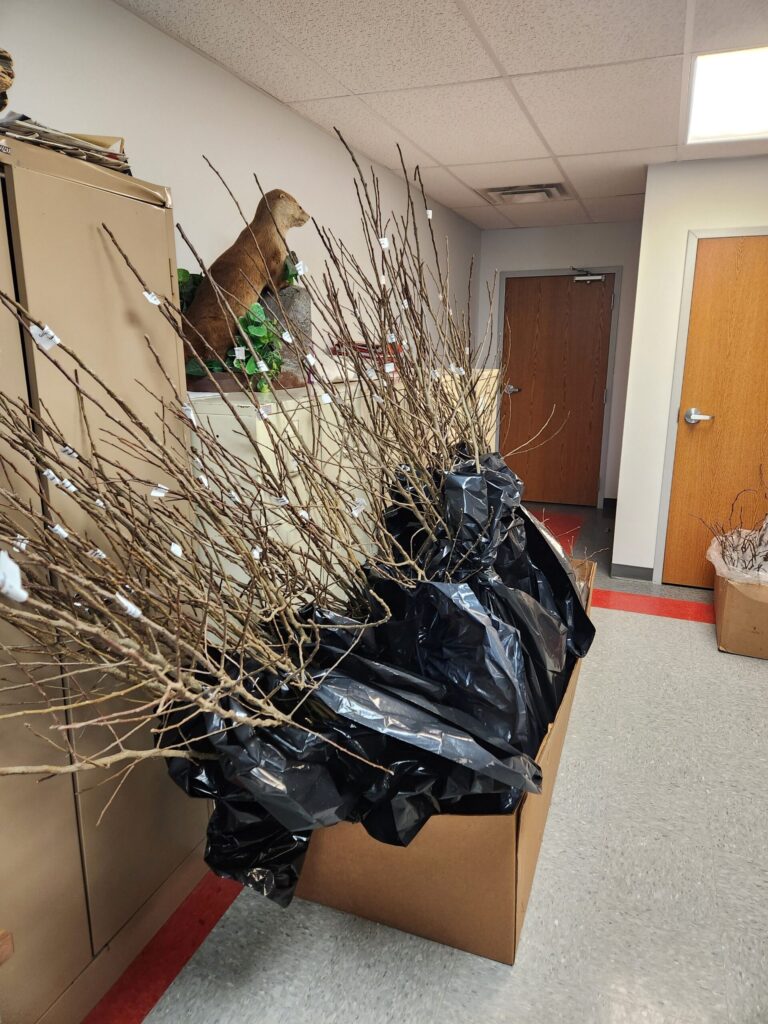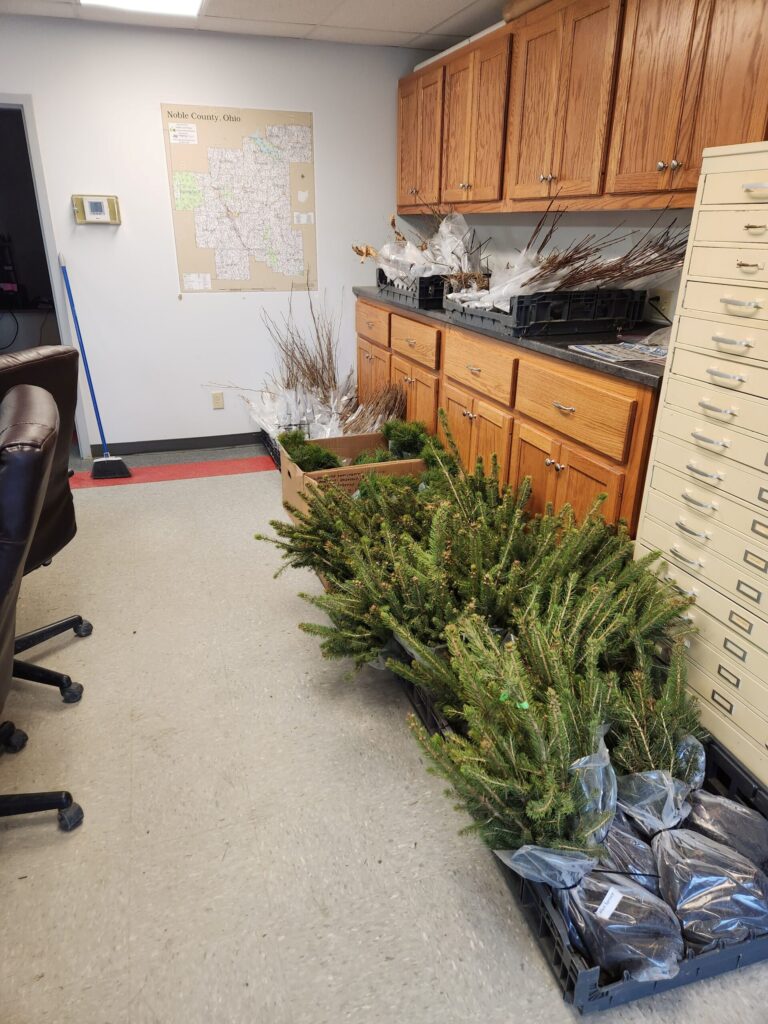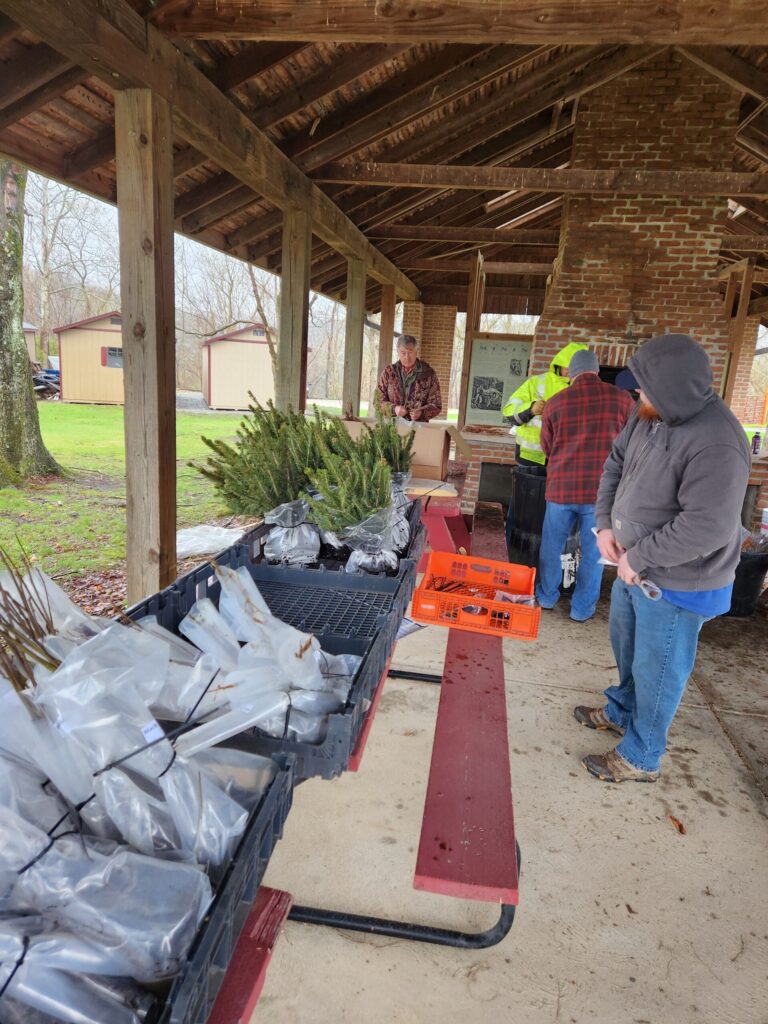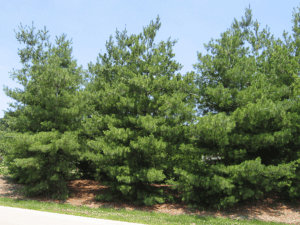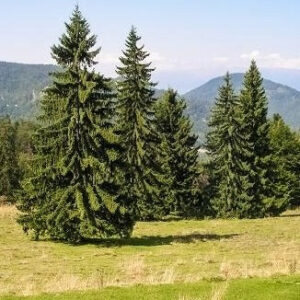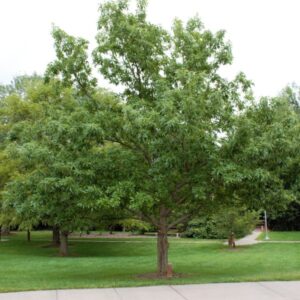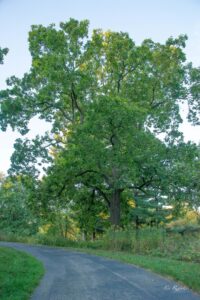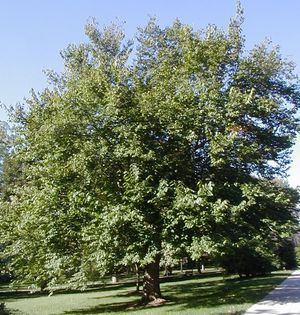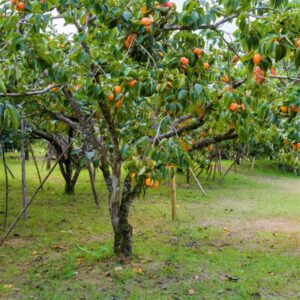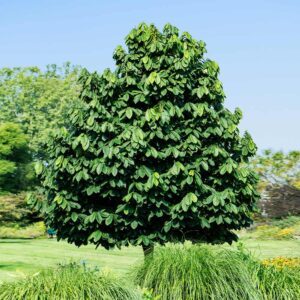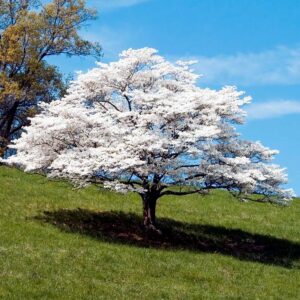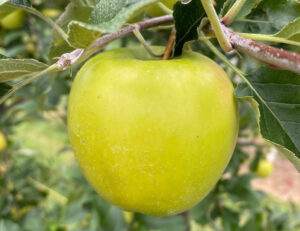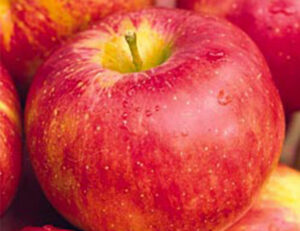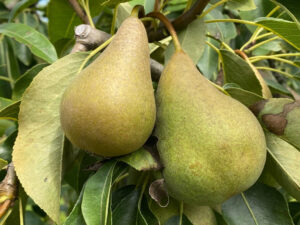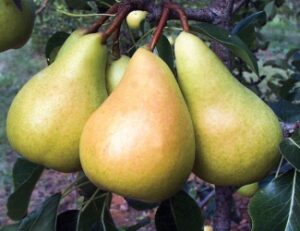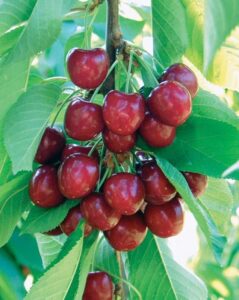We’re proud to once again offer our annual Tree Sale to the Noble County community! Whether you’re planting conifers, hardwoods, or fruit trees, we’ve got the varieties you’re looking for at prices that make it easy to plan ahead for spring.
Each year, we seek out trusted suppliers to bring you quality bare root seedlings at reduced rates, thanks to bulk ordering. This year’s trees come from Alpha Nurseries, Inc. and Adams County Nursery, with seedlings ready to take home and plant right away.
To make things easier, this year’s tree prices already include sales tax so there is no extra math needed. The final day to submit your order is Friday, March 6, 2026, and the tentative pick-up date is March 27, 2026.
If you have any questions or need help placing your order, we’re just a phone call away at 740-732-4318. We’re excited to help you get growing this spring!
Conifers
White Pine
Known for its soft, bluish-green needles and graceful form, the Eastern White Pine is one of Ohio’s most beloved native conifers. This tree can reach heights of 100 feet and provides excellent wildlife shelter, nesting sites, and natural beauty. White Pine grows best in well-drained soils and full sun but can tolerate a variety of conditions, making it a versatile choice for conservation and landscape use.
Norway Spruce
A fast-growing evergreen that reaches 80–100 feet tall with strong, downward-sweeping branches and dense foliage. Its dark green needles provide excellent year-round cover for birds and small mammals. Norway Spruce is an ideal choice for windbreaks, privacy screens, or reforestation projects. It adapts to a wide range of soils and tolerates cold, harsh conditions well.
Hardwoods
Chinkapin Oak
A native oak known for its distinctive saw-toothed leaves and sweet acorns that are highly attractive to deer, turkey, and other wildlife. Growing 40–60 feet tall, this tree prefers well-drained soils and full sun. Chinkapin Oak’s strong wood and drought tolerance make it an excellent choice for reforestation, wildlife habitat, and landscape diversity.
Shagbark Hickory
This impressive native tree is easily recognized by its peeling bark and sturdy trunk. Growing 60–80 feet tall, Shagbark Hickory produces large, sweet nuts that feed squirrels, foxes, and wild turkeys. It prefers deep, fertile soils and is often found in mixed hardwood forests. In addition to its wildlife value, the Shagbark Hickory’s striking bark texture makes it a unique ornamental feature in natural landscapes.
Native and Wildlife-Friendly Trees
Red Mulberry
A fast-growing native tree producing sweet purple berries that attract birds, raccoons, and other wildlife. Reaching 30–50 feet tall, Red Mulberry adapts to a variety of soils and provides both shade and habitat. It’s an excellent addition to wildlife plantings or naturalized areas.
Persimmon
A small- to medium-sized tree (35–50 feet) valued for its bright orange fruit, which ripens in late fall and is loved by deer, turkeys, and songbirds. Persimmons thrive in well-drained soils and are tolerant of drought once established. Their glossy leaves and textured bark also add visual interest to any landscape.
Paw Paw
Ohio’s largest native fruit tree, Paw Paw produces clusters of tropical-flavored fruit in late summer. Growing 15–25 feet tall, it prefers moist, fertile soils and partial shade, often thriving as an understory tree. Its large leaves and yellow fall color make it a beautiful addition to shaded plantings and natural habitats.
White Flowering Dogwood
A favorite ornamental tree admired for its showy white blossoms each spring, followed by bright red berries in fall. Dogwoods reach 15–30 feet tall and provide food and shelter for birds and pollinators. They prefer partial shade and well-drained soils, making them a great choice for both landscaping and wildlife-friendly gardens.
Fruit Trees
Mosaic (Apple)
A hardy, disease-resistant variety producing crisp, flavorful apples ideal for fresh eating, baking, and cider. The tree has excellent cold tolerance and dependable yields, making it a strong performer in Ohio’s variable climate.
Nova Spy (Apple)
A late-season apple known for its juicy, tart-sweet flavor and exceptional storage life. It’s great for pies and preserves and is a reliable producer even in challenging growing conditions.
Harrow Sweet (Pear)
A delicious, fire blight-resistant pear with smooth yellow skin and sweet, juicy flesh. It ripens in late summer and stores well. Harrow Sweet trees are productive, hardy, and ideal for home orchards.
Sunrise (Pear)
An early-ripening pear with an attractive red blush and smooth, sweet flavor. The fruit is great for fresh eating and ripens ahead of most other varieties, extending your harvest season.
Benton (Cherry)
A large, firm, dark-red sweet cherry variety known for its excellent flavor and crack resistance. Ideal for fresh eating or canning, Benton performs well in Ohio’s climate and produces consistent yields year after year.
Find us on Facebook
Like and Follow!
Visit Our Office
M-F: 8:00 AM-4:30 PM
Contact Us
(740) 732-4318
Dave Schott (District Administrator/Wildlife & Forestry Specialist)
Email: dave@nobleswcd.org
Kirstin Roman (Agricultural & Natural Resource Technician)
Email: kirstin@nobleswcd.org
Deric Nesselroad (Education Specialist/Office Assistant)
Email: deric@nobleswcd.org

